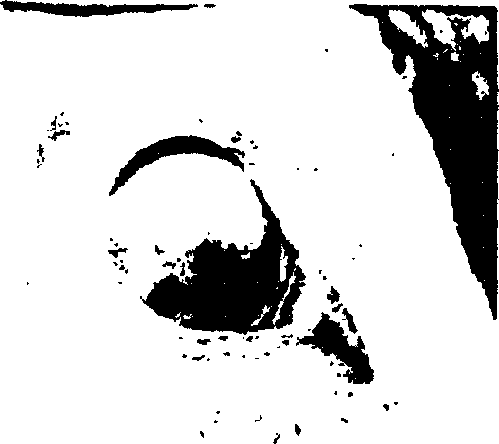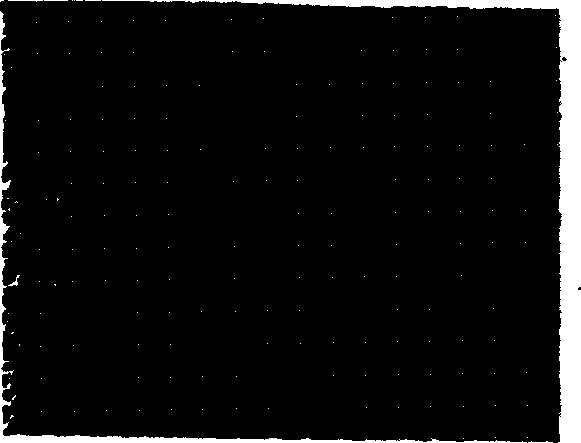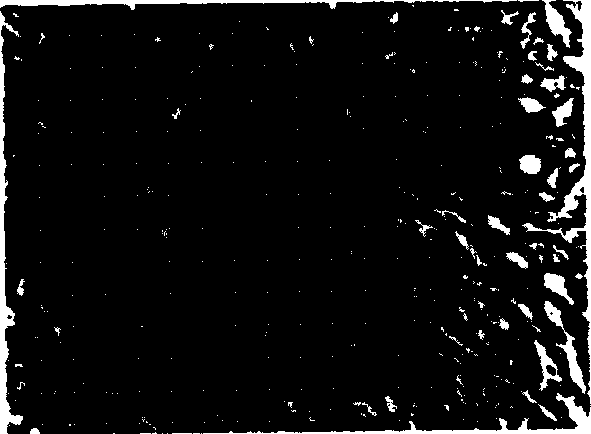Method for preparing tissue engineered corneal epithelium implantation sheet from epidermis stem cell, and its application
An epidermal stem cell and artificial cornea technology, applied in the field of tissue engineering, can solve problems such as corneal limbal stem cell transplantation, and achieve the effects of weakening immune memory, good transparency and strong operability
- Summary
- Abstract
- Description
- Claims
- Application Information
AI Technical Summary
Problems solved by technology
Method used
Image
Examples
Embodiment Construction
[0028] The content of the invention will be further described below in conjunction with the Guanzhong dairy goat as the experimental model.
[0029]1. Production of model animals: select 3-4 year old healthy adult Guanzhong dairy goats without eye diseases, intramuscularly inject 2.4ml-2.6ml of veterinary 846 mixture for general anesthesia, and disinfect around the eyes with iodine. Lying sideways on Baoding, laying surgical drapes, eyelid opening with eyelid speculum, double antibiotic saline (penicillin sulfate 2×10 5 u / L, streptomycin 200mg / L) to flush the ocular surface and conjunctival sac, 5ml each of 2% lidocaine hydrochloride and 1.3% bupivacaine hydrochloride, and retrobulbar anesthesia. Under the ophthalmic operating microscope, cut the bulbar conjunctiva and subconjunctival fascia circularly along the limbus of the operated eye to expose the sclera. The sclera 1mm outside the limbus and the remaining conjunctiva, the limbus and the corneal epithelial tissue 2mm ins...
PUM
 Login to View More
Login to View More Abstract
Description
Claims
Application Information
 Login to View More
Login to View More - R&D
- Intellectual Property
- Life Sciences
- Materials
- Tech Scout
- Unparalleled Data Quality
- Higher Quality Content
- 60% Fewer Hallucinations
Browse by: Latest US Patents, China's latest patents, Technical Efficacy Thesaurus, Application Domain, Technology Topic, Popular Technical Reports.
© 2025 PatSnap. All rights reserved.Legal|Privacy policy|Modern Slavery Act Transparency Statement|Sitemap|About US| Contact US: help@patsnap.com



